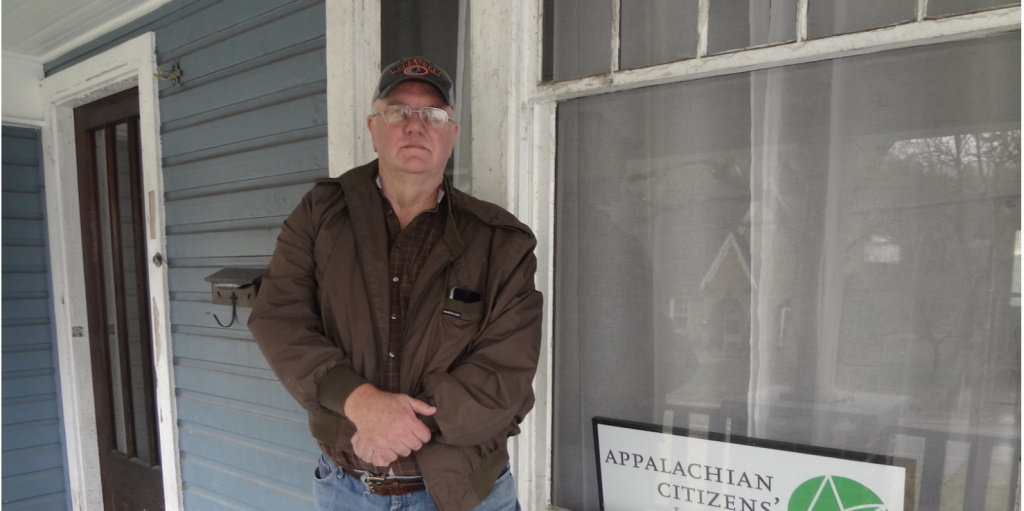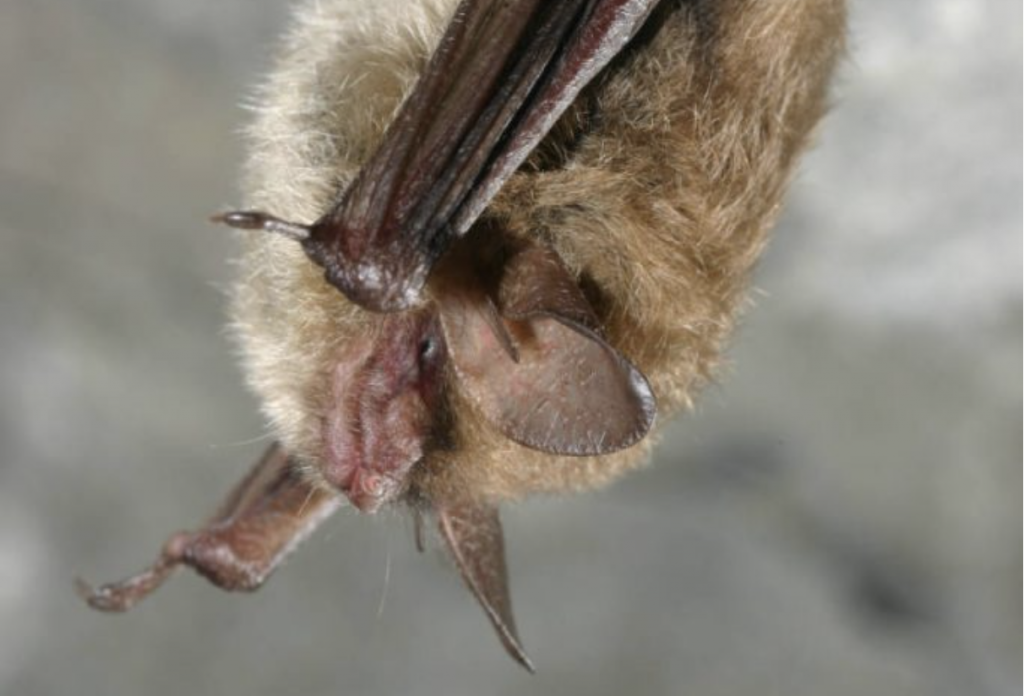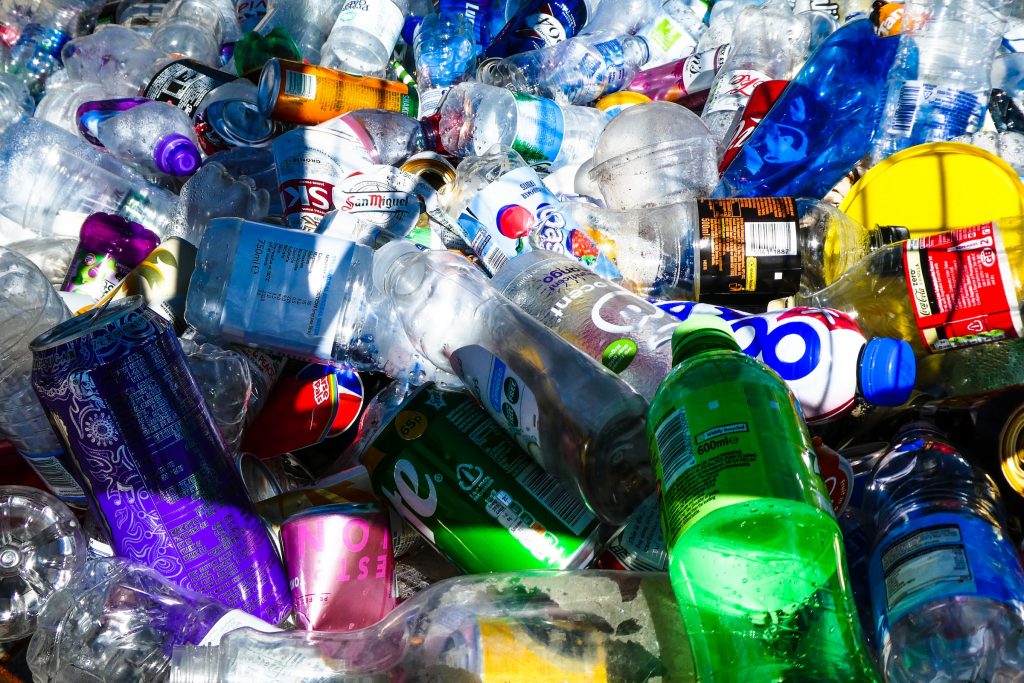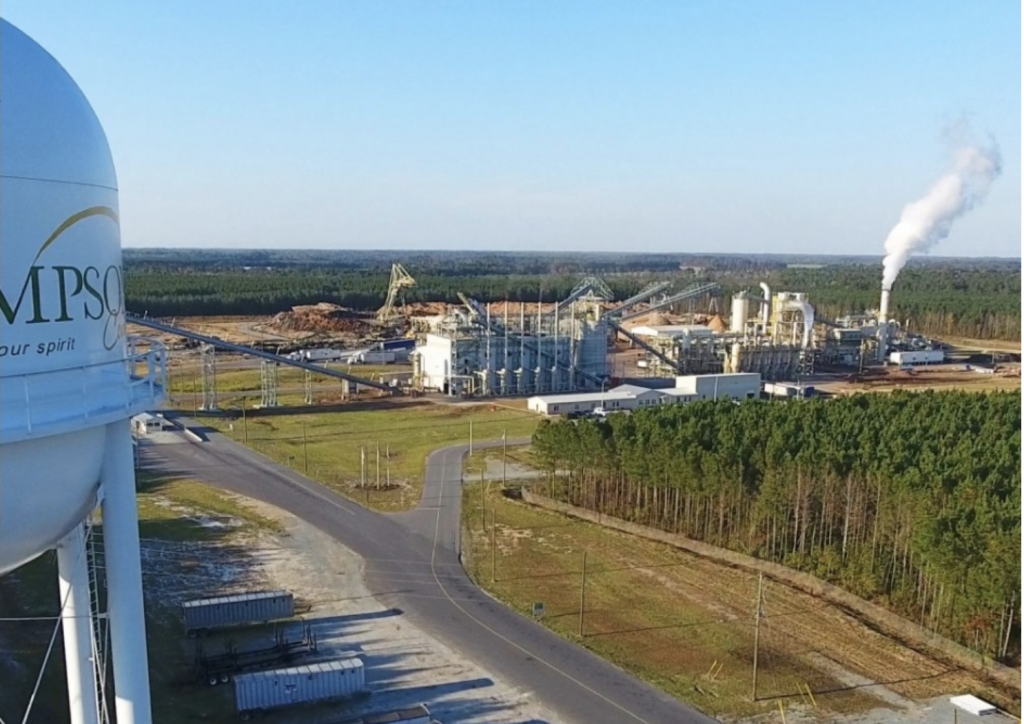2022-2023 Winter
Black Lung Resurgence Drives Push to Protect Coal Miners Against Silica Dust
Silica dust is behind a dramatic increase in the number of miners becoming ill with the most severe form of black lung disease.
Read MoreNuclear Company Pursues Plans to Refine Uranium in Erwin, Tennessee
As Nuclear Fuel Services, Inc., pursues plans to begin producing refined uranium in Erwin, Tenn., local environmental and safety advocates are objecting.
Read MoreLandfill Remediation Raises New Concerns
As remediation of the troubled Bristol landfill begins, community advocates are petitioning for an alert system, increased air quality monitoring and relief measures for residents who experience strong airborne pollution at home.
Read MoreNorthern Long-Eared Bats Added to Endangered Species List
The U.S. Fish and Wildlife Service recently classified northern long-eared bats as endangered, which could help save the species most impacted by the deadly fungal disease known as white-nose syndrome.
Read MoreAre We Really Recycling?
A look at our recycling systems reveals less of our plastic is actually being recycled than one might think.
Read MoreClearing the Air on How Wood Pellet Factories Affect Their Neighbors and the Climate
The wood pellet industry is growing in the American South, but communities near wood pellet plants are seeing damages to air and water quality. As new facility proposals from wood pellet companies like Enviva continue, local residents and regional climate activists are speaking out.
Read MoreTurning Coal Ash into Art
In Walnut Cove — a community whose history has been tainted by coal ash for decades — The Lilies Project has turned coal ash into art, and is expanding to encompass the town’s story beyond coal ash.
Read More






